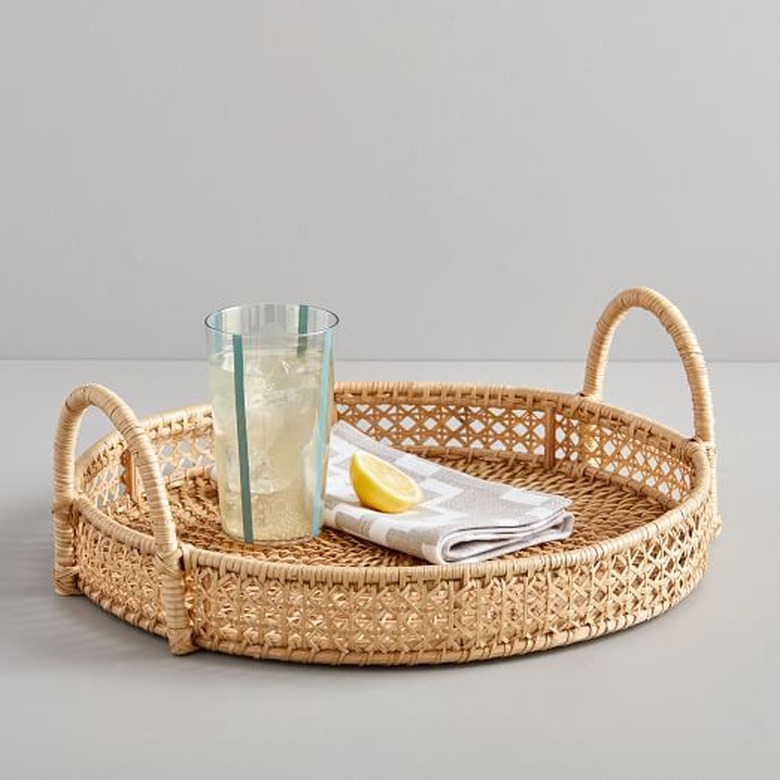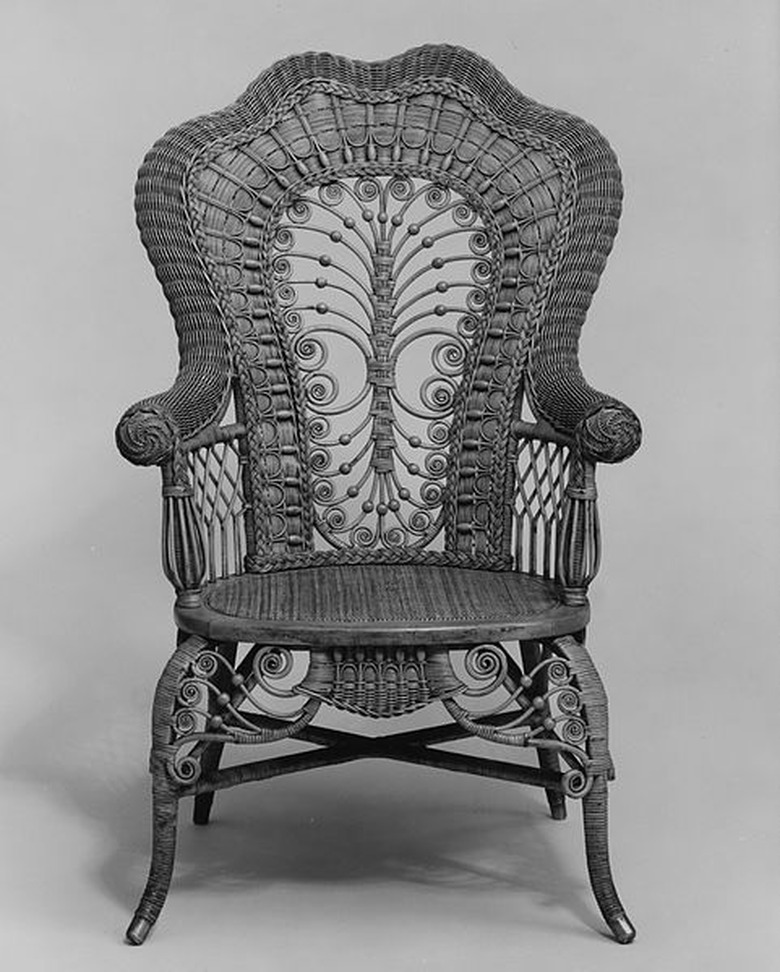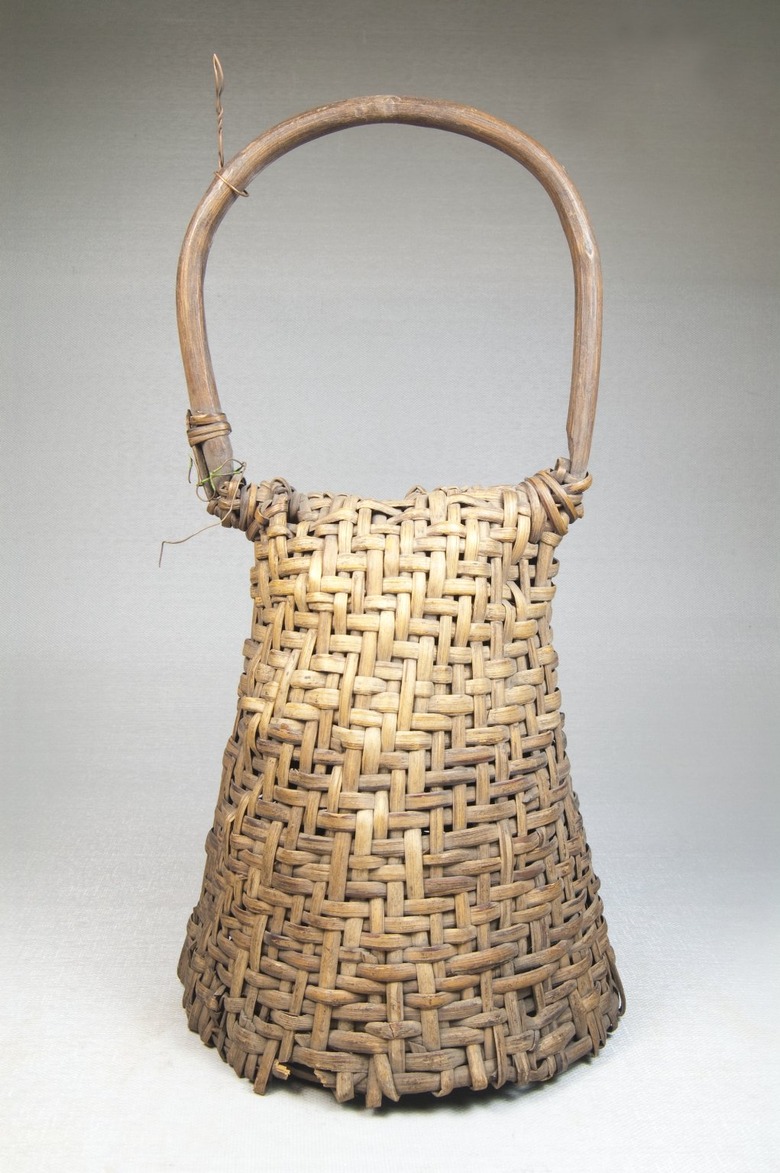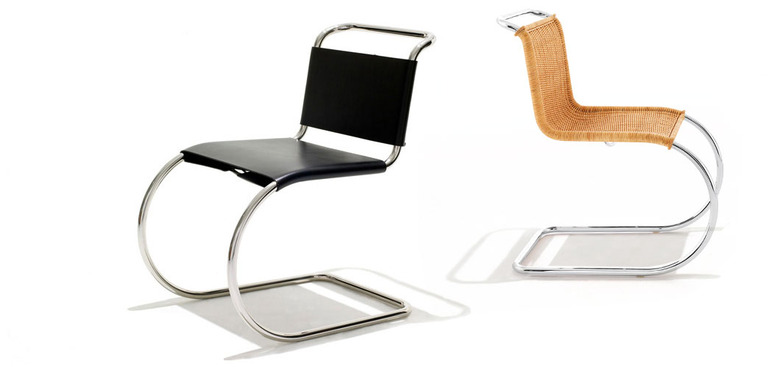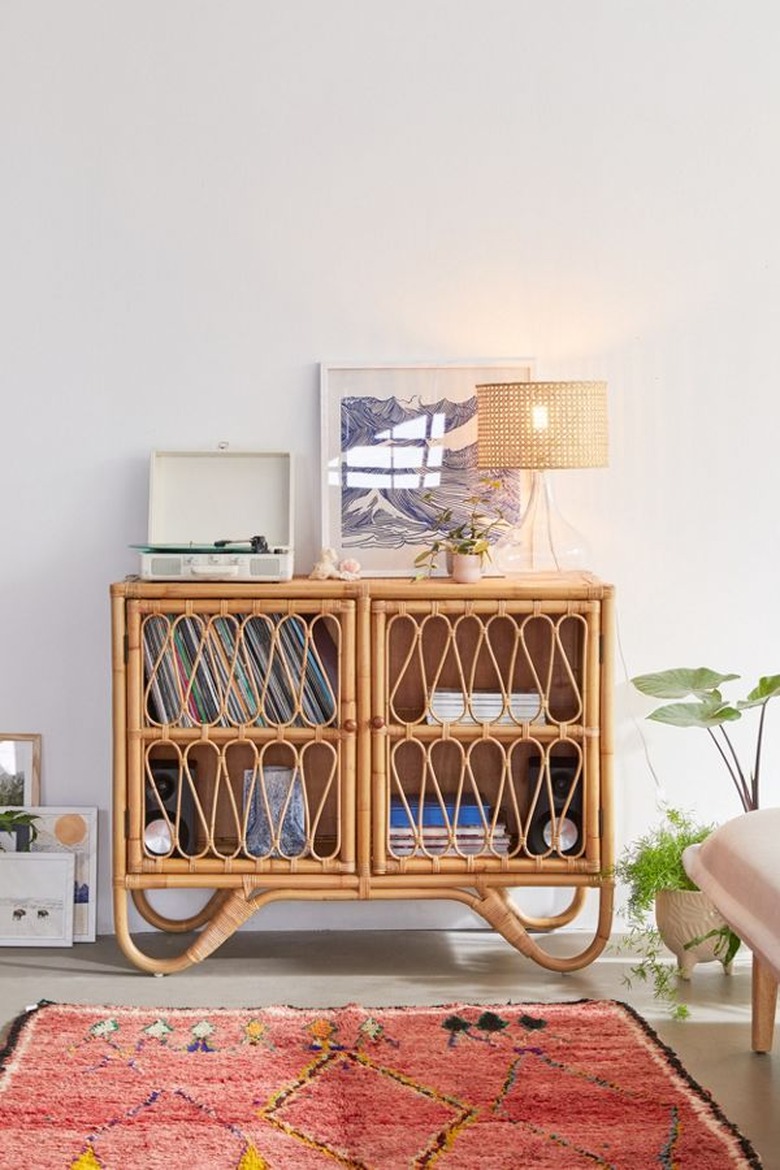What's The Difference Between Wicker, Rattan, And Cane?
If you wonder sometimes about the history behind some of the most common decor items, you're not alone. We keep noticing cane and rattan in beautiful homes and on major retail websites, but then we wonder: Why do cane and rattan get filed under wicker items? That brought us to another important question: What is the difference between rattan, wicker, and cane?
Determined to learn more, we did some research. Turns out, it all comes down to terminology. Wicker refers to the method, while rattan alludes to the material. Cane also refers to rattan, as it is the thinner material that results from the process of stripping the rattan palm.
A Quick History of Wicker
As Patricia Corbin puts it in her 1978 book All About Wicker, "wicker is something that's woven, mostly from rattan (which includes cane, pole, reed, and peel), but also from willow, straw, rush, raffia, palm" — the list goes on.
Corbin points out that the height of wicker's popularity dates back to the Victoria era. When she wrote the book in the late 1970s, wicker started to make a comeback. Fast forward to today: You can find rattan, cane, and wicker items in major retailers and as part of many spaces.
A 2600 B.C. Syrian wicker sculpture and a 1600 B.C. Egyptian toilet chest prove that wicker dates back to early civilization, according to Corbin. In American Wicker: Woven Furniture from 1850 to 1930, Jeremy Adamson writes "the wicker chair had been introduced into Britain after the Roman conquest in the first century A.D." And in The Caner's Handbook: A Practical Guide to Restoring Cane, Rush and Wicker Furniture, Bruce W. Miller and Jim Widess write that rattan "first appeared in Portugal, France and Britain in the eighteenth century, in the form of crudely caned chairs." Corbin also points out that items like a Chinese headrest from the early 20th century influenced U.S. designs.
The earliest form of wicker furniture in America probably traces back to a cradle that arrived on the Mayflower (perhaps for a baby named Peregrine White, Corbin writes). Today, rattan can be found in areas like Southeast Asia.
How Rattan Came to the U.S.
Rattan, as the U.S. came to know it, comes with its own lore. The story goes like this: Some time in the 1830s-1840s, a dude named Cyrus Wakefield watched as ships from the East returned with goods and then cast aside remnants of packaging. He asked someone about the material, but got an answer like "eh, it's just some cheap stuff we don't need." Then he asked if he could take some (by some accounts, he bought it). He then thought about how he could find a different use for it.
Once Wakefield got the rattan bug, he started to "buy and sell other lots he picked up from ships returning from the China Trade," according Adamson. In 1855, the Wakefield Rattan Company came to life. It often gets credit for helping to spark the popularity of wicker in the U.S.
During the second half of the 19th century, wicker came to symbolize the "emerging ambitions of a rising middle class in America," writes Elizabeth Broun, former director of the National Museum of American Art, in the foreword of Adamson's book. Certain items started to get especially popular. Corbin writes that around 1885, the Wakefield Rattan Company's catalogue included "seventy-one different designs of rockers alone." That's a lot of rocking chairs. Corbin estimates that by 1860, most wicker was made in the U.S. instead of being imported from places like England and Asia as it was prior to 1850.
Rattan and Wicker Today
In The Nature and Culture of Rattan: Reflections on Vanishing Life of Southeast Asia, Stephen F. Siebert writes, "rattan is vital to the cultures and economic well-being of millions of villagers, cane collectors, artisans, and laborers throughout tropical Asia and Africa." Rattan artisans in places like Sumatra create baskets using the material that "come in a bewildering variety of sizes and shapes, reflecting not only the range of intended uses ... but also the aesthetic and cultural diversity of Southeast Asia."
Yet the demand for rattan comes with its challenges — the material has to be collected by laborers and then goes to rattan-processing facilities. In Max and Charlotte Alth's How to Make Your Own Cane Furniture, rattan is described as having "nasty, down-pointing thorns," making it challenging to gather.
Yet wicker, as a technique, continues to influence the work of retailers and designers alike. The 1927 MR Chair by architect Ludwig Mies van der Rohe got re-envisioned by Knoll in 2017 as a chair with a rattan seat. Architect Marcel Breuer also designed a wicker chair in 1929.
You can find rattan, wicker, and cane items aplenty nowadays — shelves, furniture, mirrors, chairs, you name it. Today, it feels modern yet eclectic, a break from the otherwise sleek look of many contemporary designs.
Next time you shop these items, pay attention to the terminology used in their descriptions. Now you know a little bit more about the history of it all.
